In keeping things simple and hitting the basics, LG has a value-focused flagship worth considering.
LG managed to zig when Samsung zagged. In a year where Samsung set the standard for flagship phones at $1000 for the Galaxy S20 and $1400 for the S20 Ultra, LG rolled out the comparable V60 ThinQ 5G (henceforth, simply V60) for under $950. Despite the price savings, the V60 generally has the same specs and features, including a huge battery and 5G — and even has a couple novel features like a 3.5 mm headphone jack.
The issue is that LG isn't coming from a position of strength here. Its last few rounds of flagships have been lackluster, yet still commanded prices matching all of the superior competition. So it's a relief to see the V60 come out with an actually reasonable price that slots under the highest-tier phones and actually matches its capabilities. And interestingly, the result is a flagship that cuts on price and makes a case for itself as a solid value option.
At a glance
LG V60 ThinQ 5G
Bottom line: The LG V60 doesn't stand out in one specific area, but is instead a well-rounded flagship phone at a competitive price point. It's very large, and has software and a display that feel stuck in the past, but those are marginal issues. Elsewhere the phone looks and feels good, has incredible battery life, capable cameras, a headphone jack and a full spec sheet. There's great value here for under $1000.
The Good
- Incredible battery life
- Good speakers and headphone jack
- Solid-feeling hardware
- Capable cameras
- Complete spec sheet
The Bad
- Very large and cumbersome
- Software is stuck in the past
- 1080p 60Hz display with big bezels
- Dual Screen has limited use
LG V60 What I like
LG gains points for getting all of the basics right, and then building on top of that with many extras we like to see. First, the basics.
The hardware isn't going to win any design awards, but frankly few companies are doing anything novel or interesting — in my review of the Galaxy S20 Ultra I pointed out how Samsung's design language has stagnated as well. LG's executed on the glass-and-metal sandwich properly with a solid frame, tight tolerances, a reassuring heft and a nice little bit of flair in this blue-and-gold colorway. And inside, you have the latest Snapdragon 865 paired with 8GB of RAM and 128GB of storage. Elsewhere, there's a really good optical in-display fingerprint sensor that's faster and more accurate than the Galaxy S20+, IP68 resistance and microSD expansion.
And even though this is a much less expensive phone than the Galaxy S20+, it still includes complete 5G support for the carriers it's launching on. I've been using the AT&T model in New York City, and regularly found its mmWave 5G network in upper Manhattan. Speeds landed in the 100-150 mbps range (just 10-15 mbps upload), which is much like my experience using T-Mobile's burgeoning mmWave 5G network. Both carriers clearly don't have a ton of spectrum in this area, so speeds aren't blistering fast, but you aren't going to buy this phone to use 5G today — it's a long-term play.
| Category | LG V60 |
|---|---|
| Operating System | Android 10 |
| Display | 6.8-inch OLED 2460x1080 (20.5:9), 403 ppi |
| Processor | Qualcomm Snapdragon 865 |
| Memory | 8GB |
| Storage | 128GB |
| Expansion | microSD up to 2TB |
| Rear Camera 1 | 64MP, 0.8-micron f/1.8, 78-degree FoV, OIS 8K24 video recording |
| Rear Camera 2 | 13MP, 1-micron f/1.9, 117-degree FoV |
| Front Camera | 10MP, 1.22-micron f/1.9, 72.5-degree FoV |
| Security | In-display fingerprint sensor |
| Audio | 3.5 mm headphone jack Quad DAC Stereo speakers |
| Battery | 5000mAh Quick Charge 4.0 Qi wireless |
| Water Resistance | IP68 |
| Dimensions | 169.3 x 77.6 x 8.79 mm |
| Weight | 218 g |
| Colors | White, Blue |
Now, the extras. LG is once again nailing the audio game. The V60's stereo speakers are crisp and clear, even at max volume, which is also noticeably louder than the Galaxy S20 Ultra and Pixel 4 XL I was using previously. And of course, there's a headphone jack! The increasingly rare port is here, and it's paired with LG's standard Quad DAC for solid wired sound.
LG also clearly prioritized battery life here, and it paid off. The V60 has incredible battery life, combining an efficient processor, 1080p display and relatively simple software with a 5000mAh battery yields fantastic results. I never ended a day with less than 30% battery, even on a heavy day with 5 hours of "screen on" time and an hour-long Duo group video call. On an easy weekend day, I was off the charger for about 13 hours and only used only 50% of the battery, even with over 3.5 hours of "screen on" time and both streaming music and using GPS for a 1.5-hour run.
This is beyond what I experienced on the Galaxy S20 Ultra set to the same screen resolution and refresh rate. This is some of the best, most consistent battery life I've seen on a high-end phone, and it's one of the V60's biggest strengths. When you realize how great battery life is here, you can start to understand why LG was willing to make the phone so thick and heavy.
Continuing in the positive column are the cameras, where LG went "basic" with just two lenses and no dedicated telephoto camera in a year when zoom is set to be a big differentiator. The main 64MP sensor uses 4-to-1 binning to take 16MP photos, and I actually really like the look. Coming off the heels of using the Galaxy S20 Ultra, which feels burdened by Samsung's heavy-handed processing, the V60 has a very light and subtle amount of processing. Photos look very natural, with balanced colors and no harsh over-processing even in HDR.
The trade-off is a distinct lack of fine detail — as soon as you zoom in on photos, you see that details are soft across the board, though it's rarely noticeable when viewed at full size. You also notice that dark areas brightened through HDR are quite grainy, but much like the simple colors this is something I'd prefer to edit later myself than have the phone try and likely to a bad job of processing itself.
The exact same characteristics are present in low-light photos, with natural colors and softness in fine details. But once again LG's approach of not over-processing works in its favor — many camera apps try too hard to smoothen, sharpen and brighten, and get it wrong. The camera tends to lean on slow shutter speeds (1/10 second was a common occurrence), though, which can produce blurry shots with seemingly small amounts of hand shake. But if you can hold steady, you can get surprisingly good low-light shots.
You give up zoom quality, but main camera and wide-angle shots are really good.
The camera app offers up 2X to 10X digital zoom on the main sensor. 2X photos look totally fine, with no discernible quality drop-off, but 4X zoom is definitely dodgy, especially at night, and the maximum-allowed 10X is really rough even in good lighting. And even though the 2X photos are fine, it's just a digital crop, so you aren't actually getting a change in field-of-view or perspective that make "telephoto" photos look truly different. Zoom is just one of the things you're giving up with the V60 compared to the S20+, and that's probably fine for a lot of people.
The wide-angle camera is just as solid as any other out there, providing a worthwhile trade-off in quality in exchange for an interesting an dunique field of view. Though with 1-micron pixels and no OIS, it struggles in low-light scenes in ways that the S20's doesn't. Even with this limitation, and the reality of where the zoom quality stands, I would still take an ultra-wide over a telephoto if the decision has to be made to just keep one.
LG V60 What I don't like
It was tough to decide which section the display belongs in — as you can see, I put it down here. On one hand, it's really solid: the 6.8-inch OLED panel is bright and colorful, and plenty clear outdoors in sunlight. It will get the job done for anyone; but it's also not as good as what Samsung has on offer. Off-axis color shift is more severe, it doesn't get as bright, and most noticeably it's stuck at 60Hz refresh rate when the entire industry is moving to 90 or 120Hz. It's also surrounded by hilariously large bezels, which are in full view with no curving on the sides, and a conspicuous teardrop notch for the front-facing camera
The V60's downright too big to hold comfortably in many situations, and that may give some people pause.
The size of the screen bezels are a harbinger of the remarkable size of this phone. If you can believe it, the V60 is wider and taller than the Galaxy S20 Ultra, which was already beyond the limit of what many people would consider manageable in one hand. I've obviously been conditioned to this size of phone having just used the S20 Ultra (in a case, no less), but even still I found myself struggling to deal with it. The V60 is effectively the same weight as the Galaxy S20 Ultra, but feels much larger because of its dimensions and its squared-off slab-like design does nothing to hide its size.
Reaching anywhere near the top of the screen requires some hand contortion, and even still you probably won't get your thumb up there. And with this width and weight, hand fatigue is a real concern when you want to hold it in one hand and scroll through feeds or read for any length of time. Even though I recognize that the size is part of the deal when you get a battery this big, this could easily be a deal-breaker for some people.
Let's shift to software, where you find another one of LG's historically weak areas. This is Android 10, thankfully, and it has LG's latest overall design language refresh that has a simplified interface, thinner lines, lighter colors and many elements that have been shifted toward the bottom of the screen to make it easier to use on bigger phones. Unfortunately, it's still burdened by years and years of cruft that just makes it feel downright old and unintuitive when coming from any other Android phone.
LG's software feels stuck in the past, even though everything works and it's relatively feature complete.
The launcher has ancient animations, no gesture for dropping the notification shade, an app drawer that doesn't stay sorted when you add/remove apps, and old iconography throughout. The software even still warns you to not remove your battery when your phone freezes, an error message still hanging around from the G6 in 2014. Things mostly work as you expect, and none of the quirks get to real annoyance levels, but when you set it side-by-side with software from Samsung, Google and OnePlus you just scratch your head and wonder if anyone in LG is willing to take a critical look at its own software and bring it up to modern-day expectations.
And I have to mention what AT&T has done to this phone's software, because LG isn't selling the phone unlocked here in the U.S. — only through Verizon, AT&T and T-Mobile. AT&T pre-loads over two dozen apps, and includes another utility that pushes notifications and attempts to trick you into re-installing its apps and other app trails. It's just disgusting. My understanding is the T-Mobile model is far better in this respect.
The Dual Screen works as intended, but it doesn't have mass appeal.
Nope, I didn't forget about the Dual Screen attachment — though you may have, if you knew about it in the first place. This is what looks at first to be a rough-and-tumble rugged case with a fold-over screen cover, but that cover actually has a second identical 6.8-inch display inside. The case provides no extra battery, and runs the display over USB-C built into the case.
I can give LG credit for executing on its idea — the Dual Screen works. You can run two apps simultaneously, or span many apps across both screens, and it works in landscape and portrait. The screen also turns off when folded around the back of the phone. But for that extra utility, you're burdened by even more thickness, width, height and weight — on a phone that's already huge. It'll be interesting for some people, but it isn't a feature with mainstream appeal.
LG V60 Should you buy it?
In keeping its focus, and not trying to do anything new or particularly exciting, LG set itself up to actually make a really good phone. It doesn't have any blunders or missteps here; the only thing you can accuse the V60 of is being, well, boring. It doesn't have one thing that would make anyone lust after it or choose it over the Galaxy S20+. That is, until you factor in pricing: the Galaxy S20+ is $1200, the S20 Ultra is $1400 ... and the V60, at its most expensive, is $950 at Verizon. And it's $900 at AT&T.
The value is particularly strong at T-Mobile, where you can get the V60 without the Dual Screen for just $800, or just two-thirds the price of a Galaxy S20+. With these specs, the only comparable phone in my eyes is the Google Pixel 4 XL, which has a considerably better camera and software experience, but considerably weaker battery life and is missing some of the V60's extras.
For only $800, or even at $900, the V60 offers a really good flagship phone experience — even though it isn't a perfect match for every single top-end spec and feature, and can't match Samsung's qualities in display, or the rest of the industry in software design. If you can look past some of its quirks and small shortcomings, and deal with its size, you'll save hundreds of dollars and get excellent battery life in a well-rounded 5G flagship phone.
LG V60 ThinQ 5G
The V60 offers you most of what you'd get in a Galaxy S20+ for hundreds less. It lacks some polish, but has good specs, nice hardware and exceptional battery life.
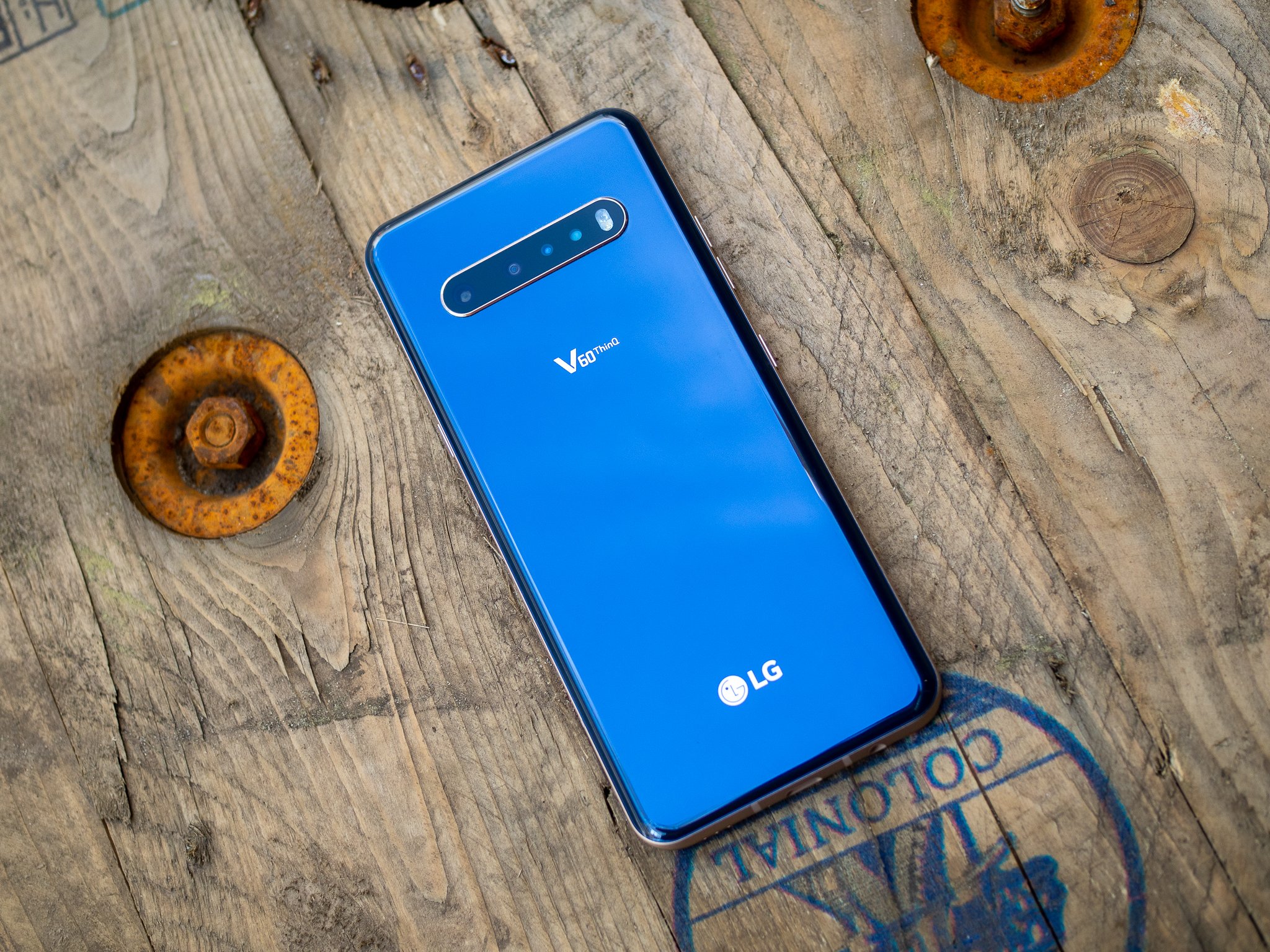
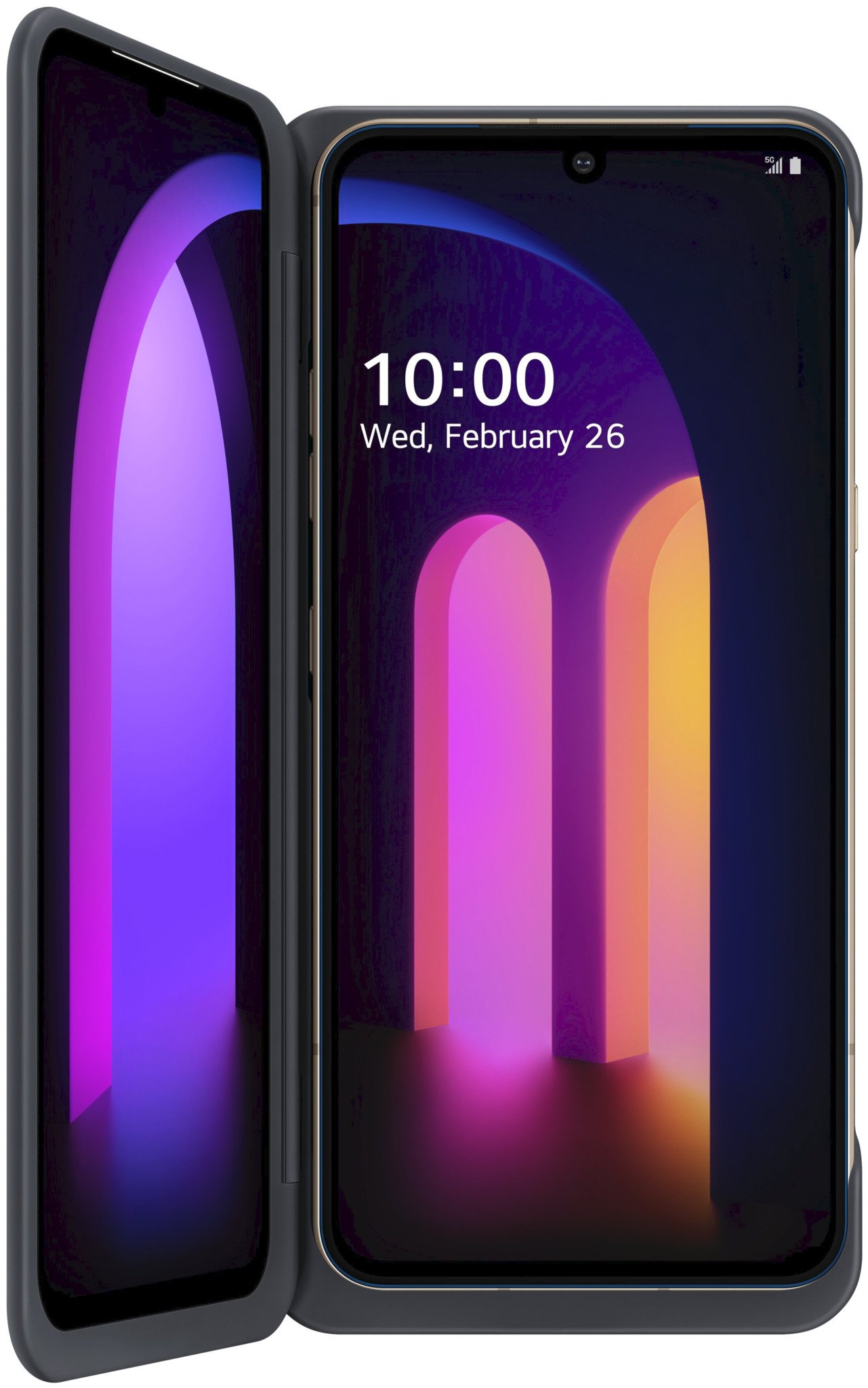
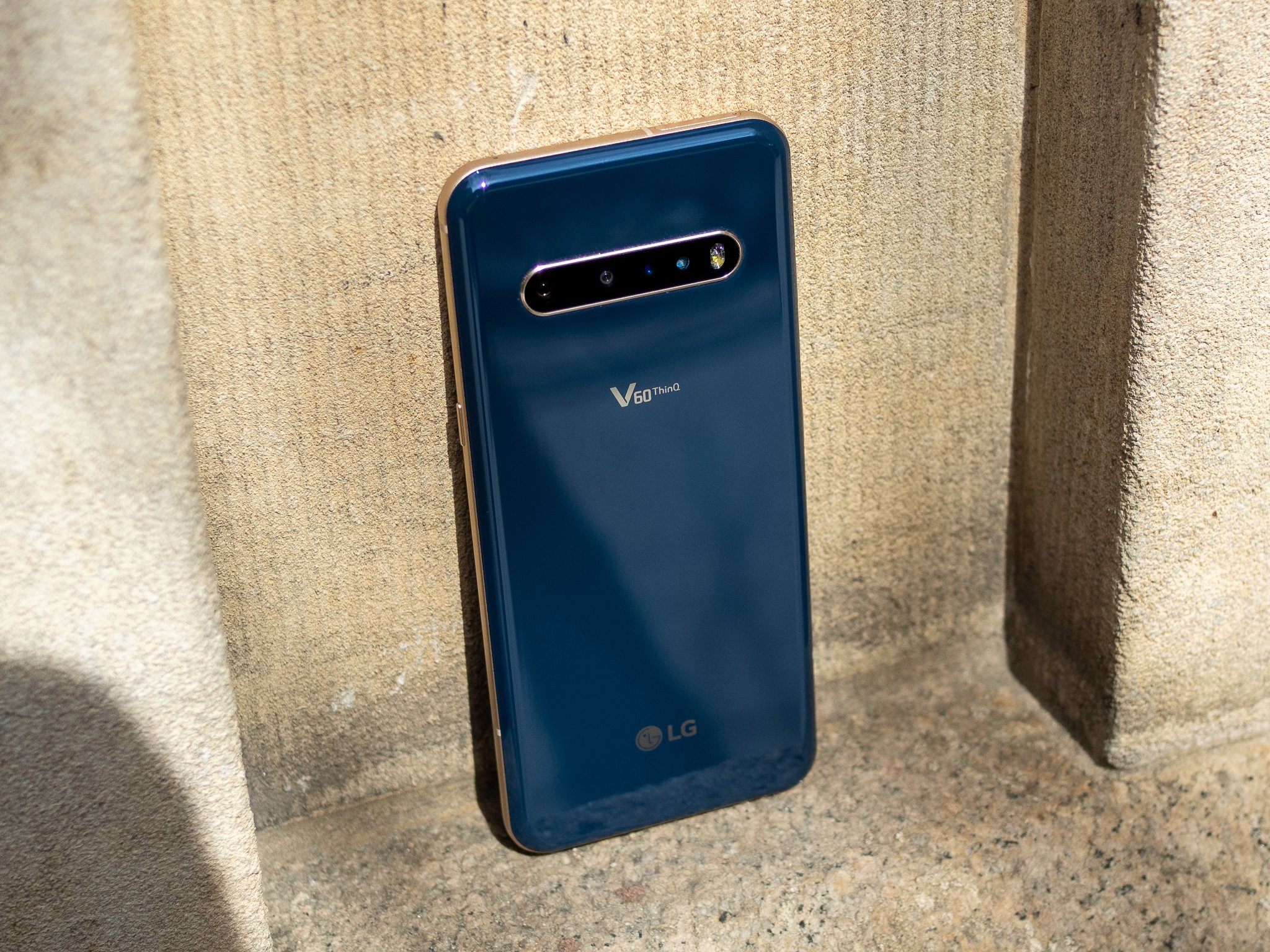

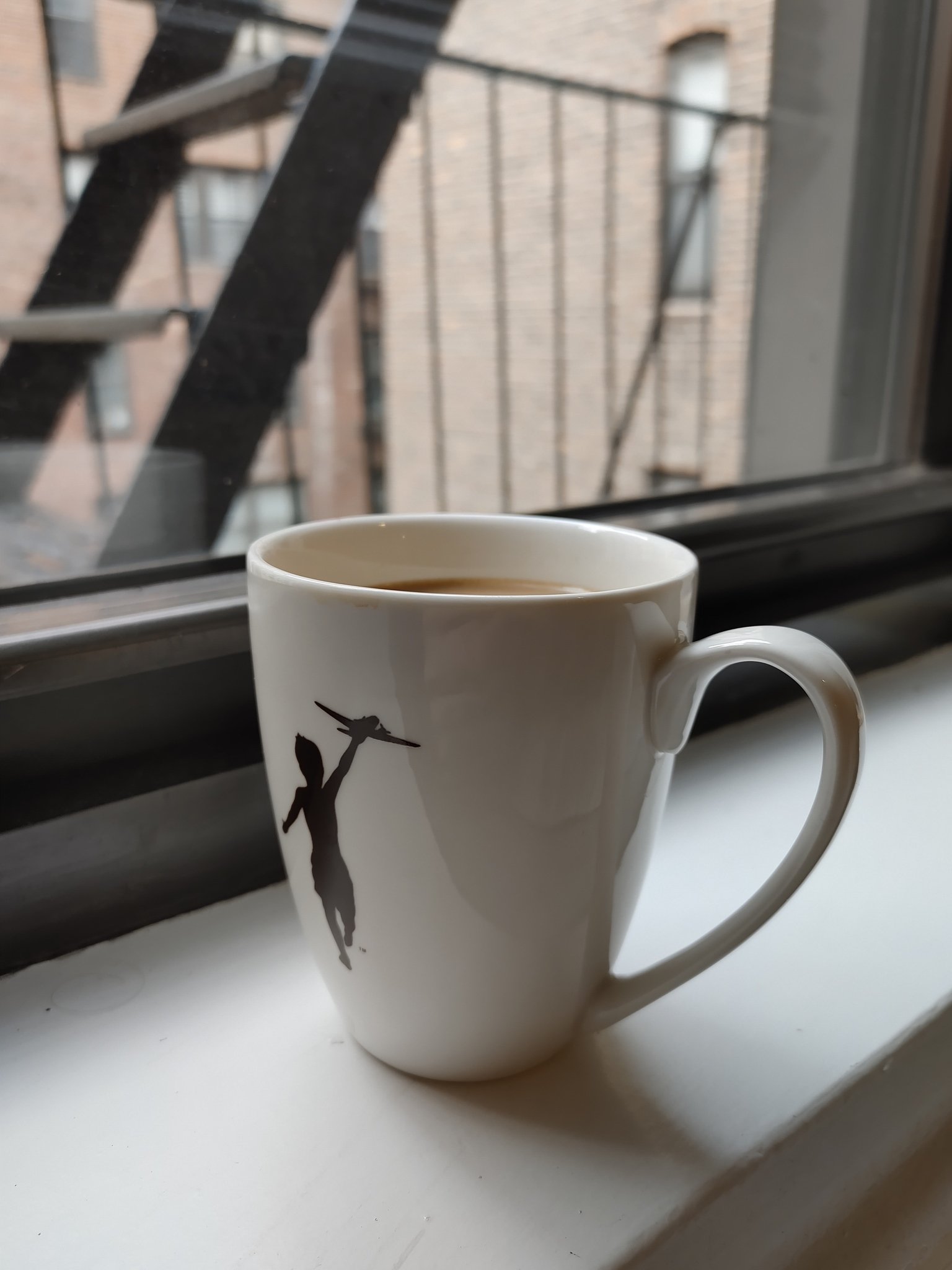
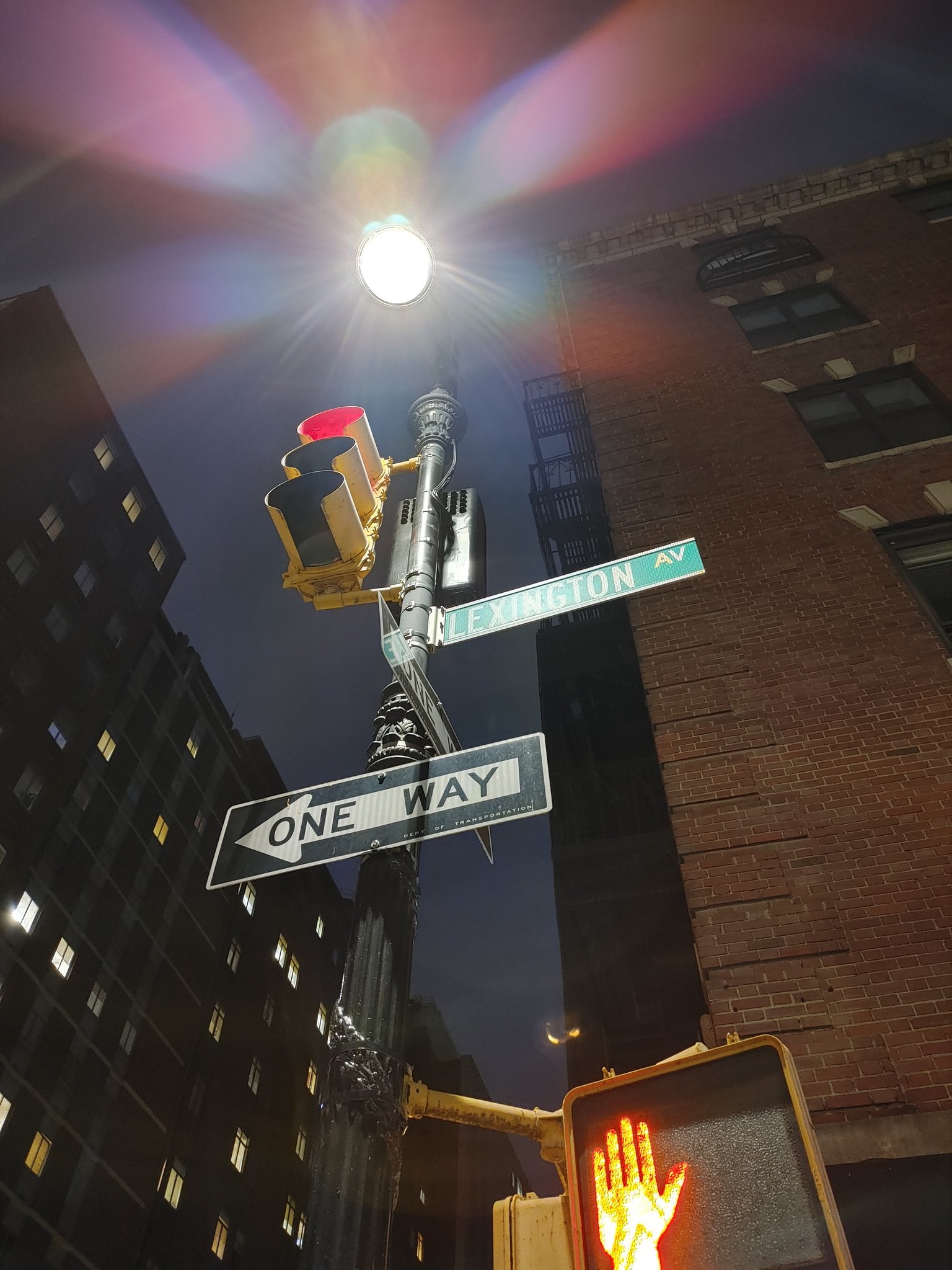


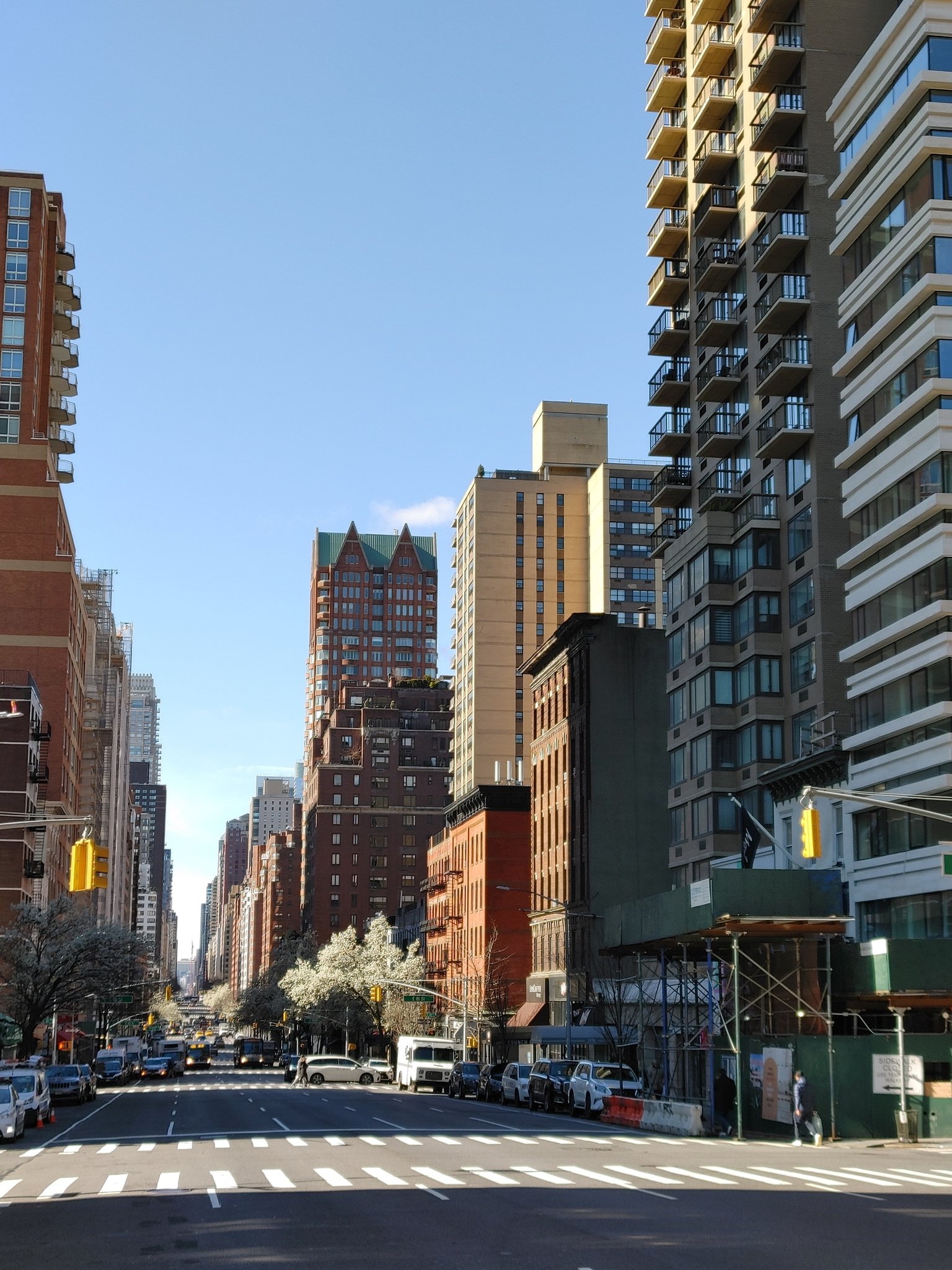

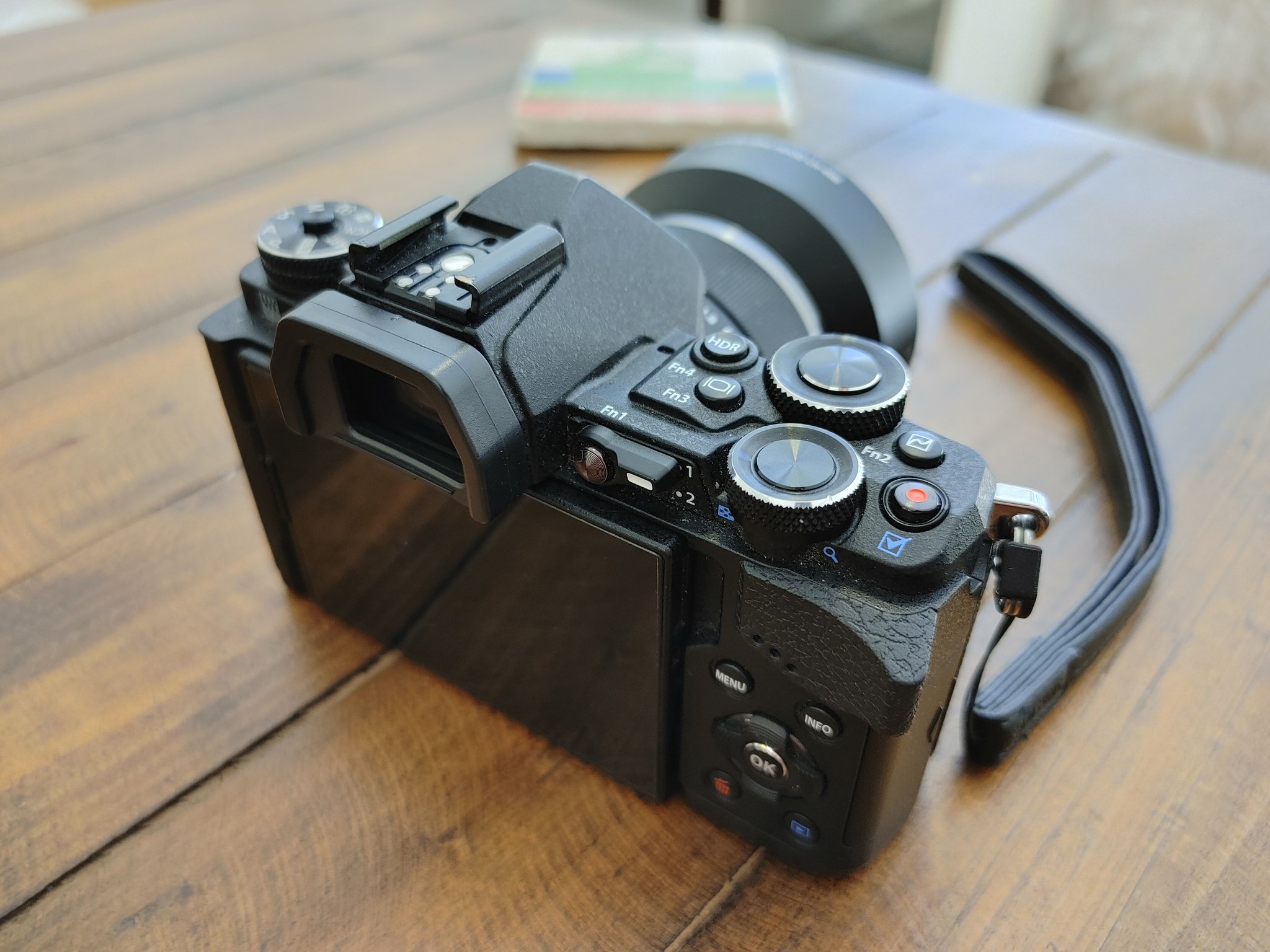





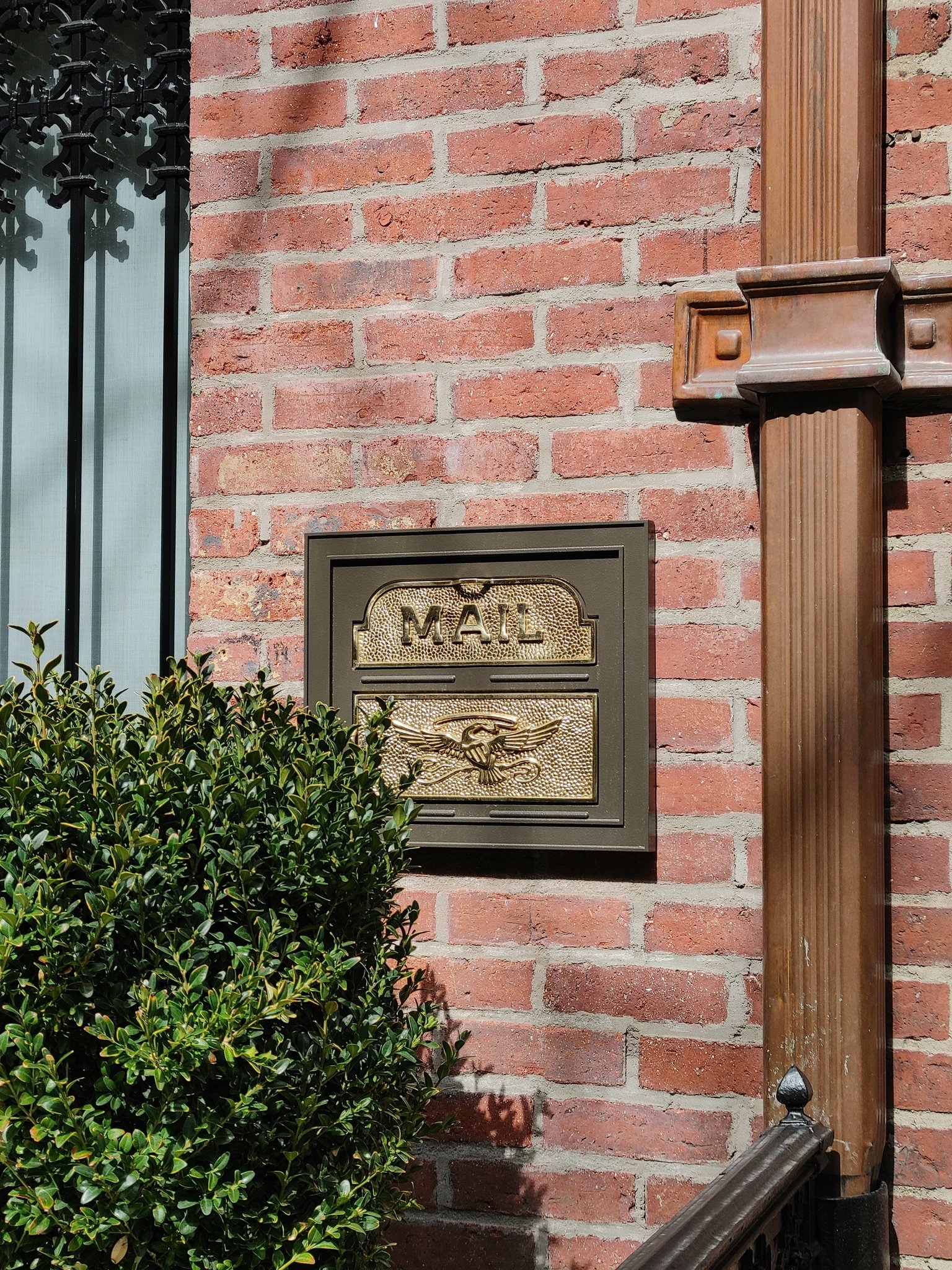
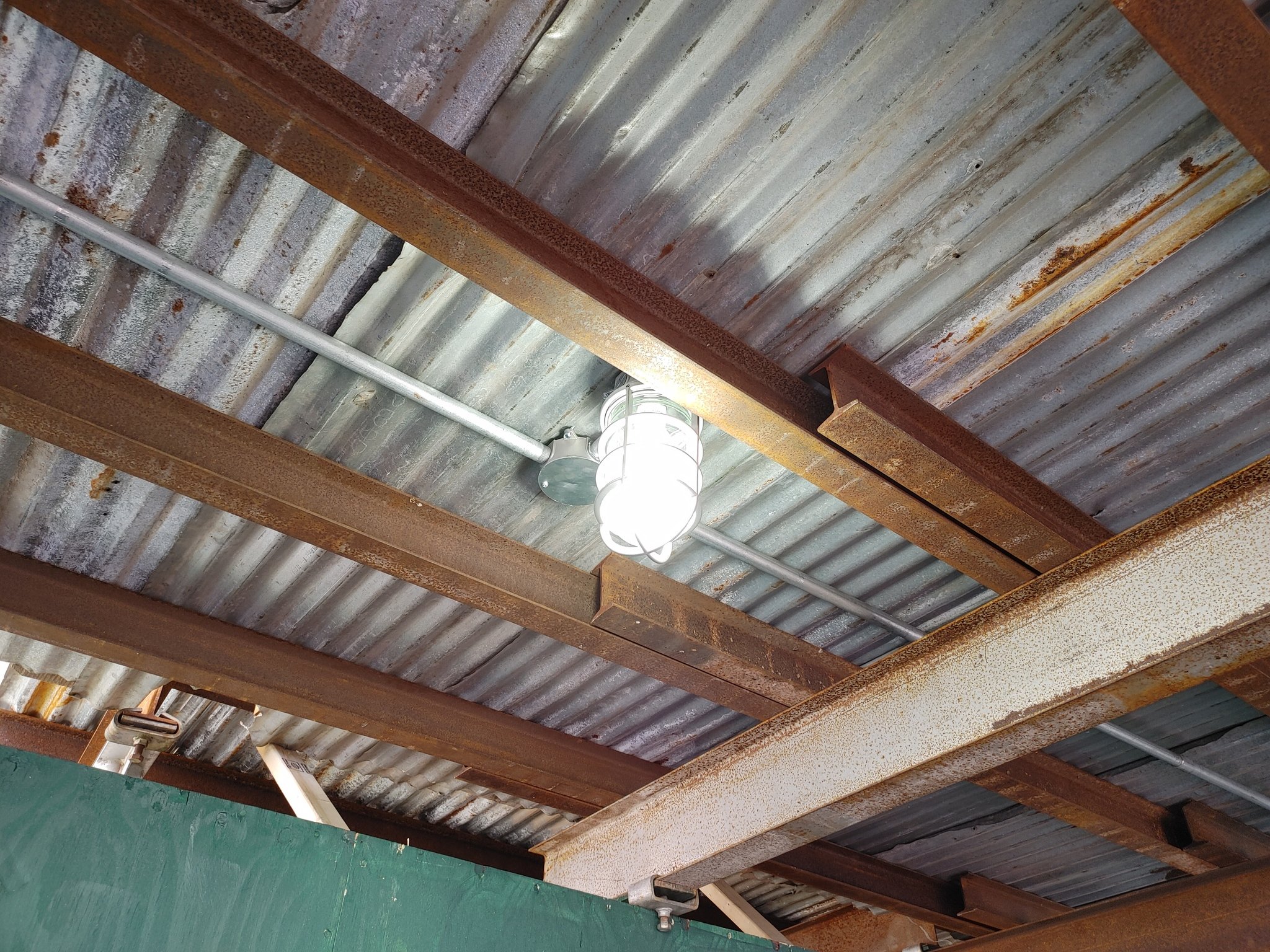
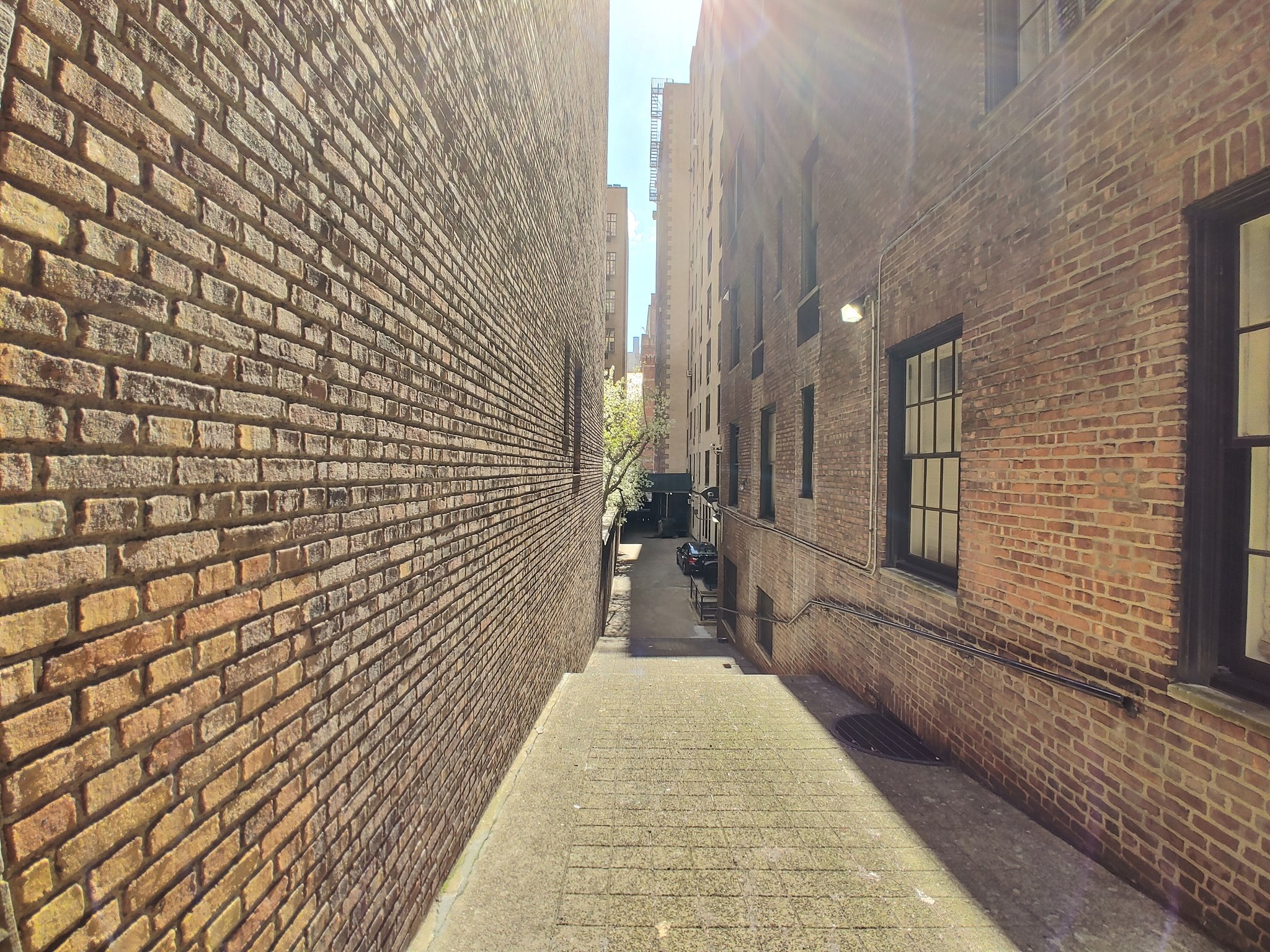
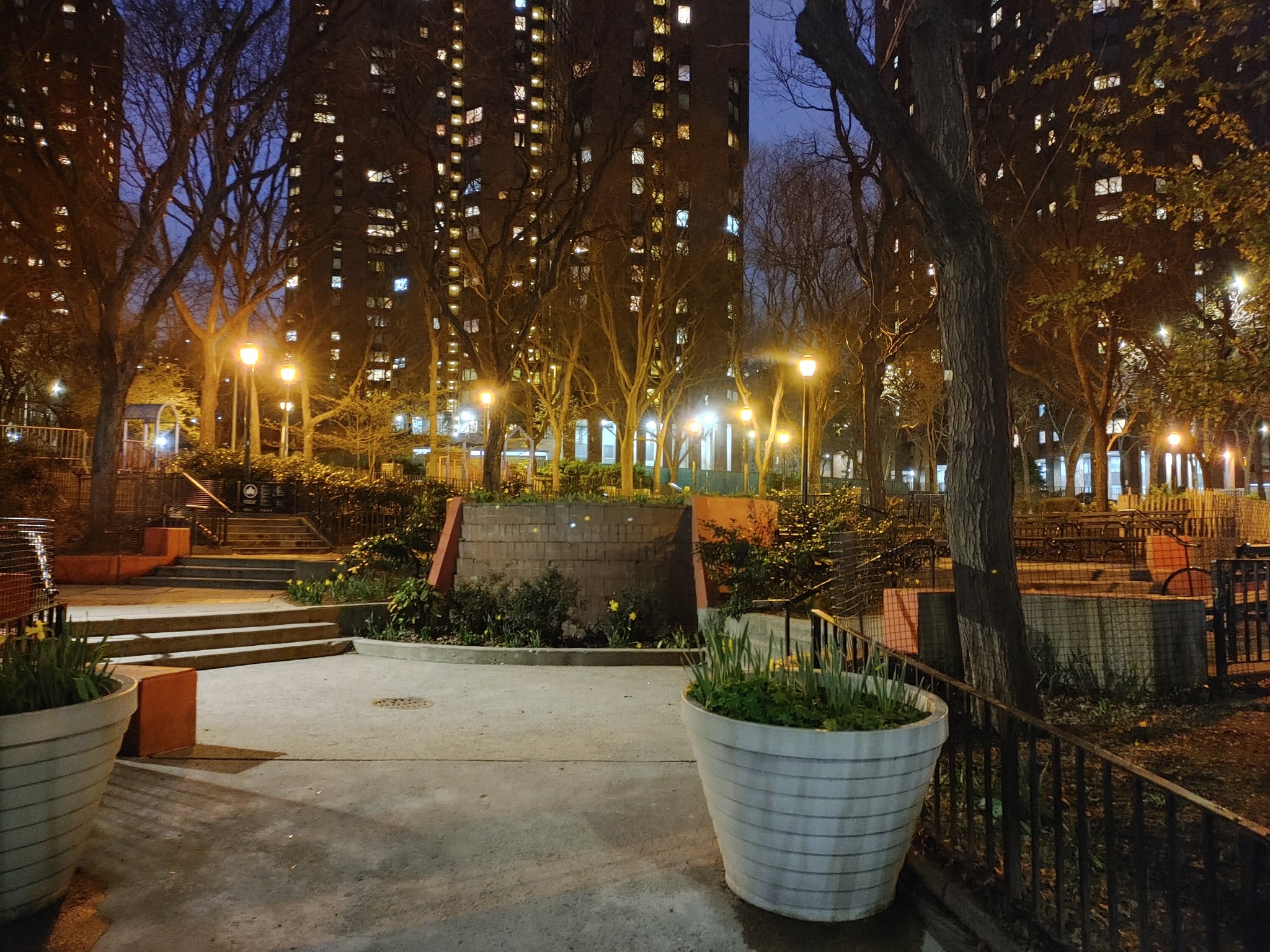

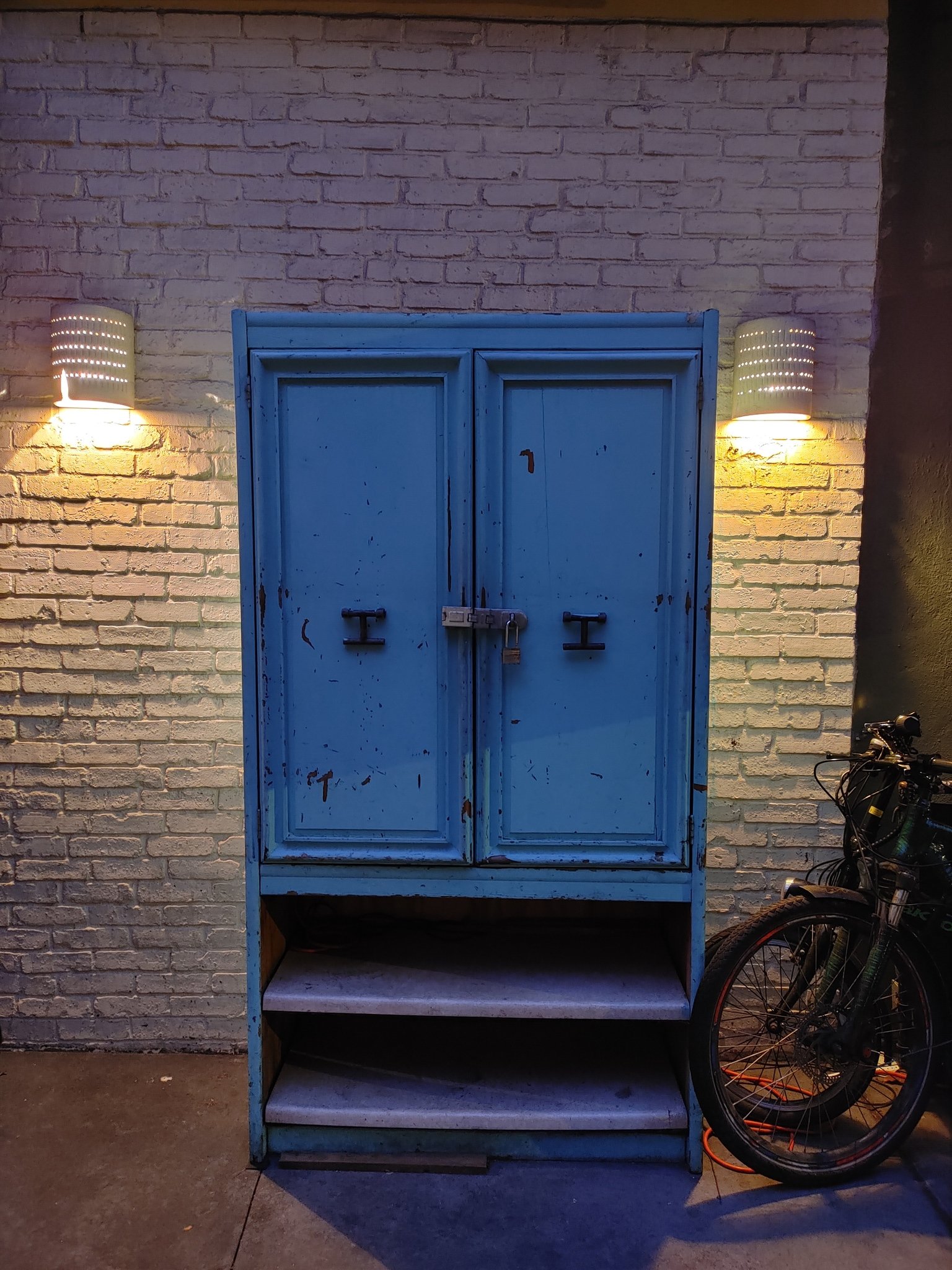
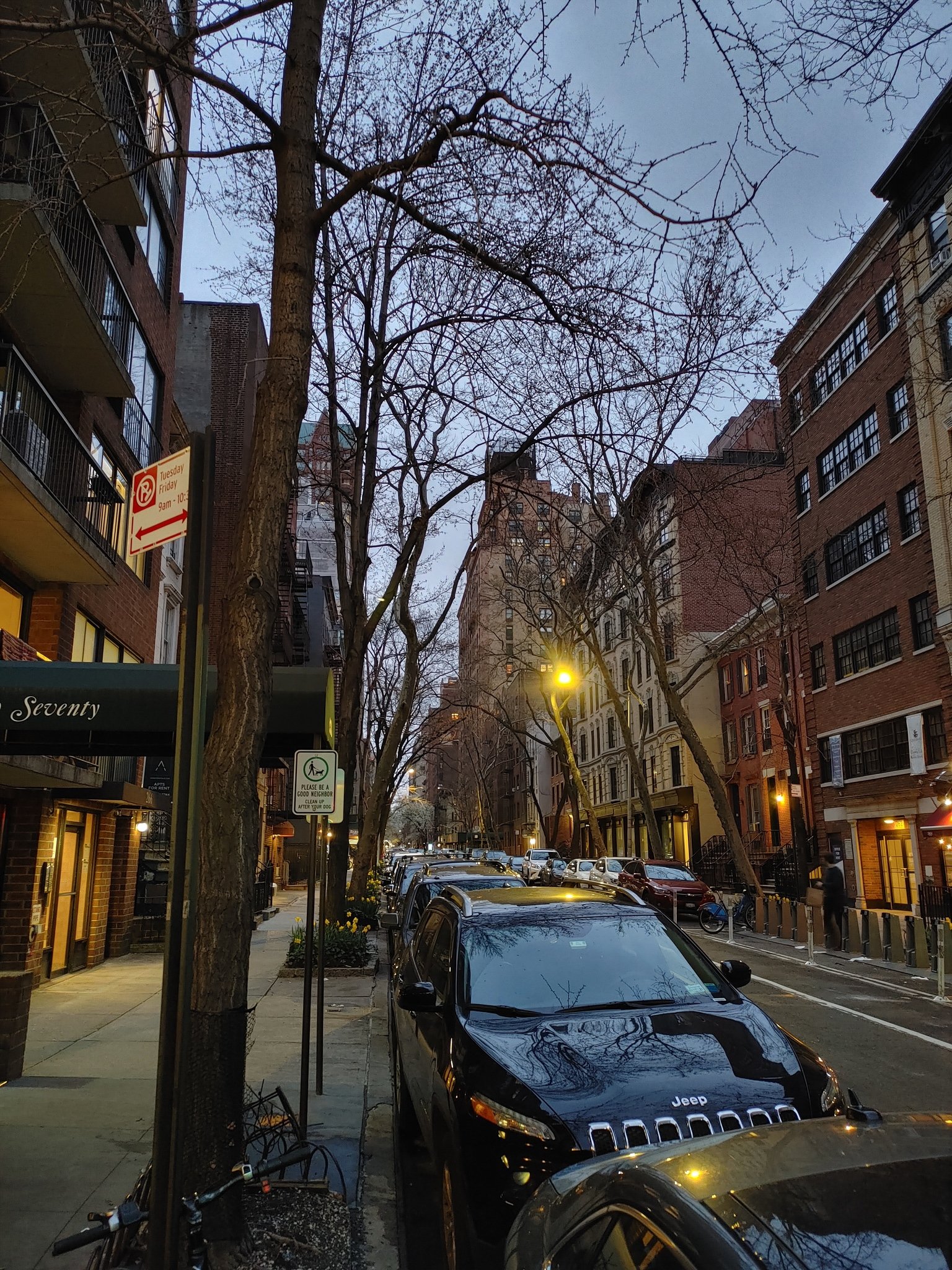
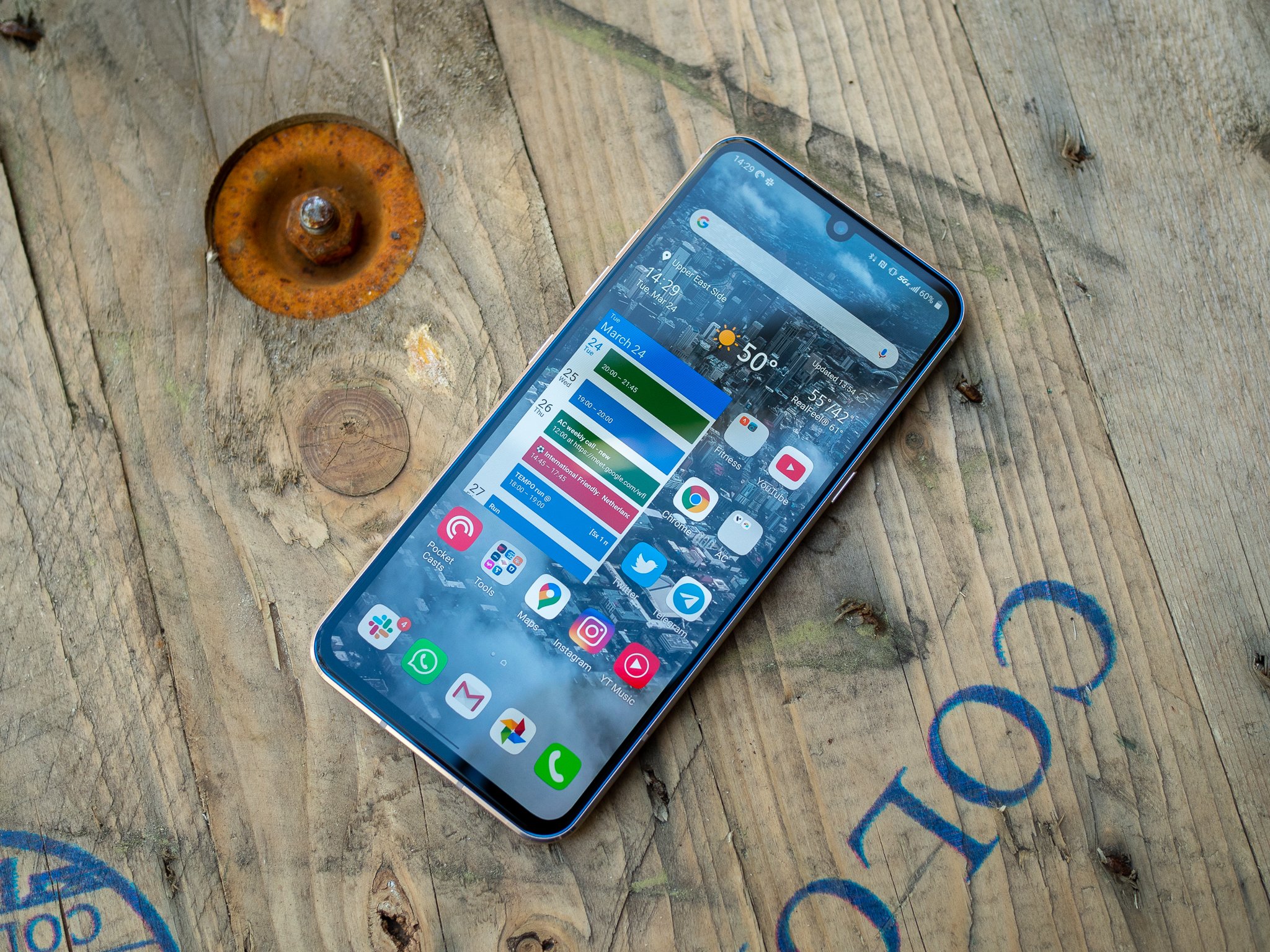
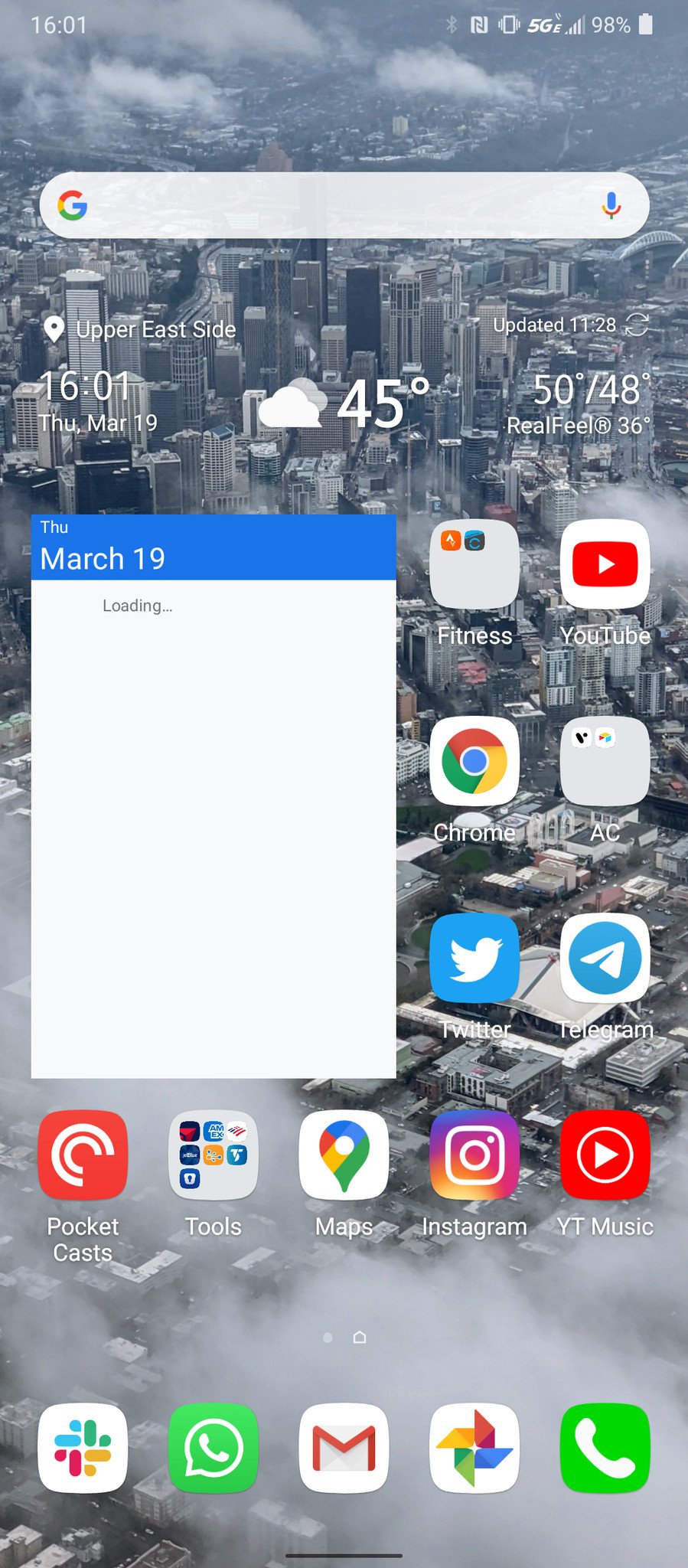
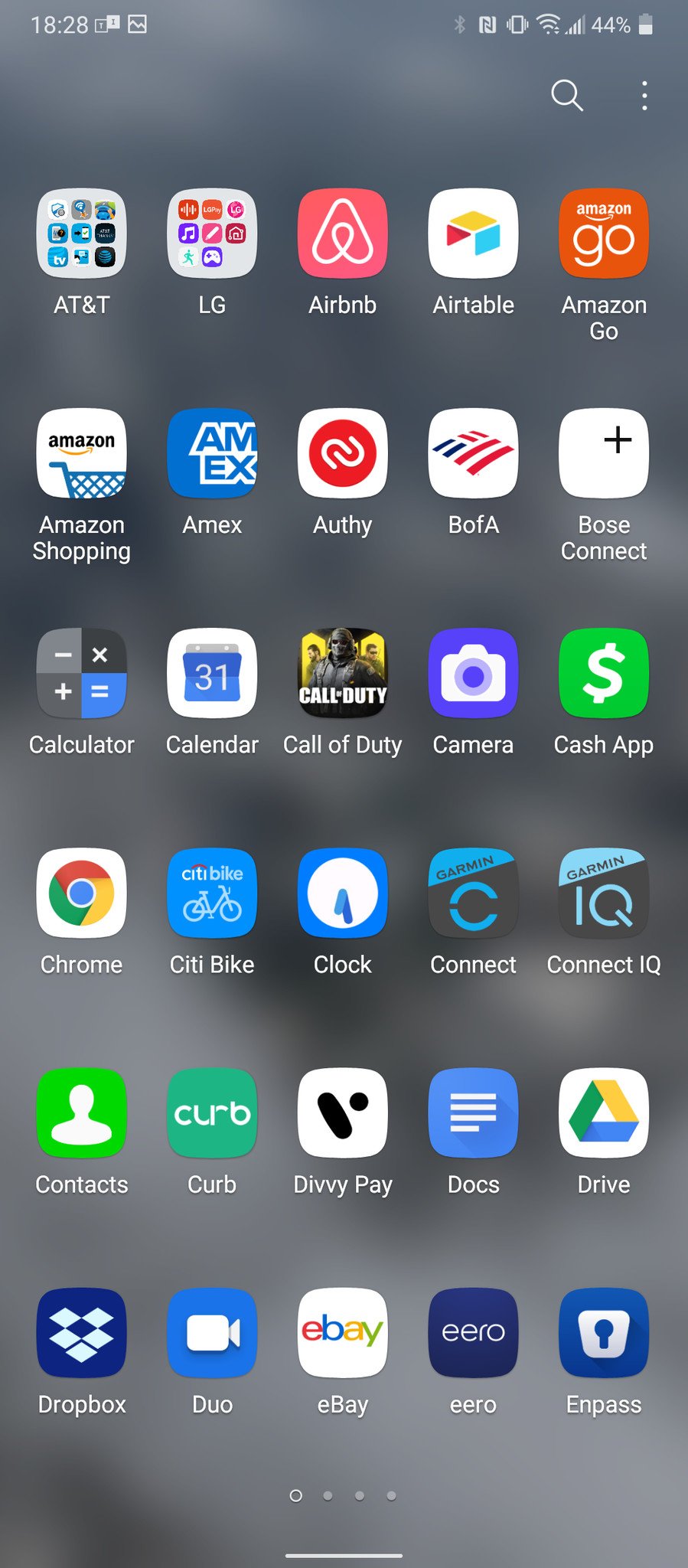
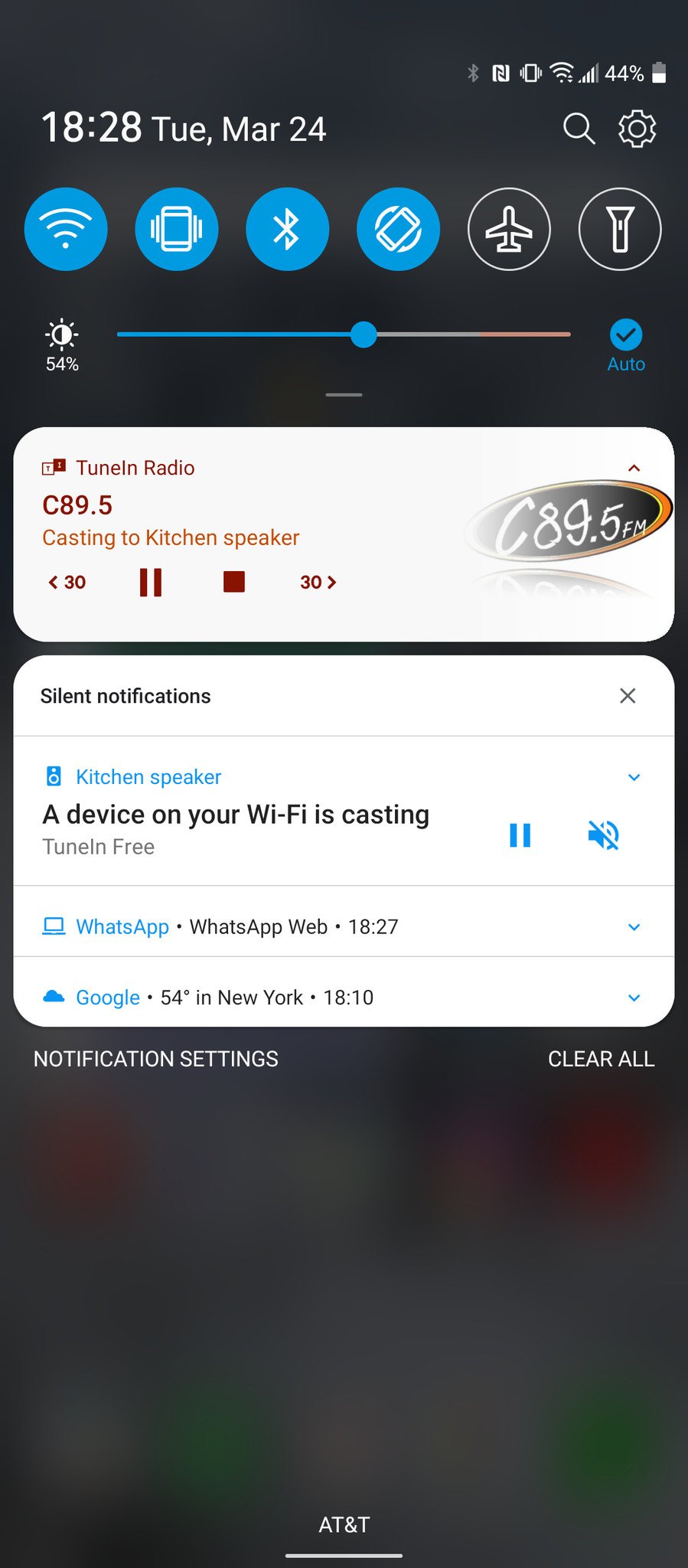
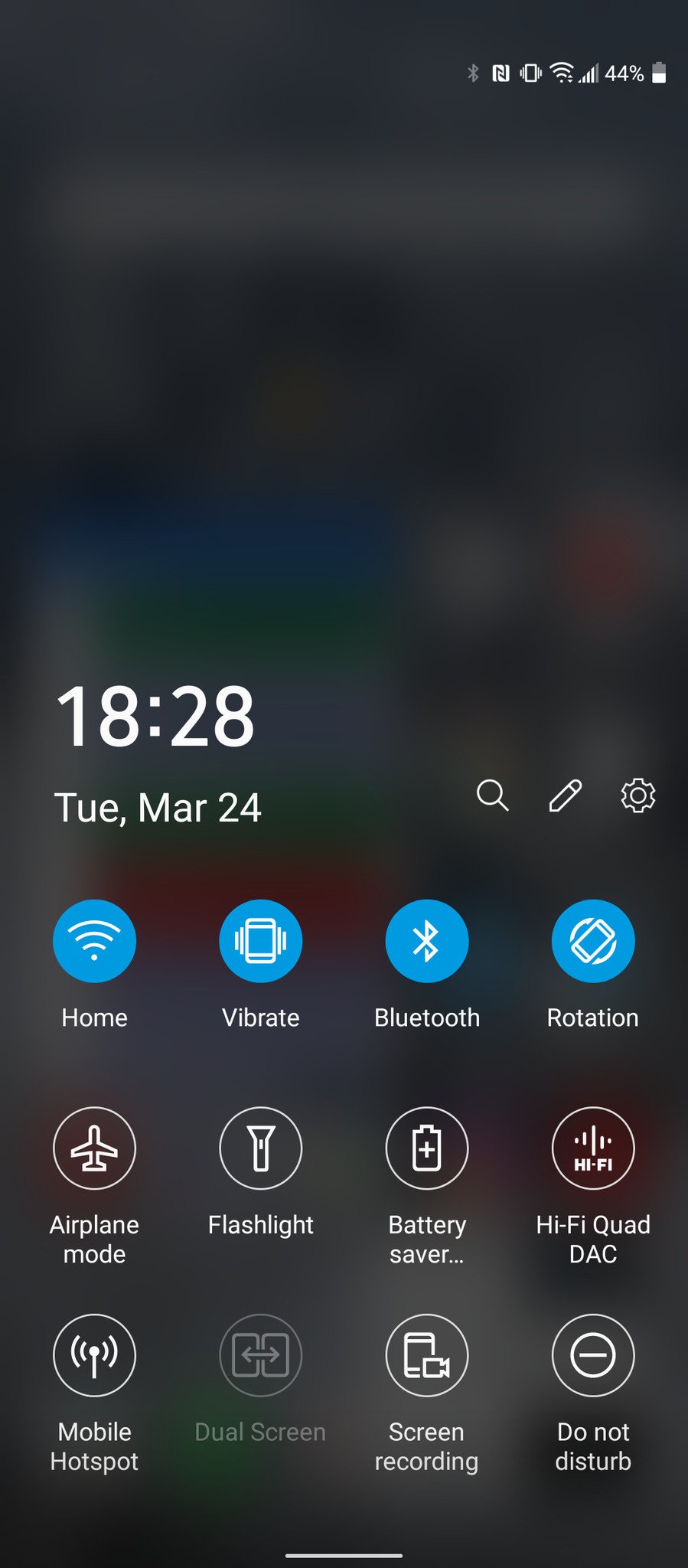
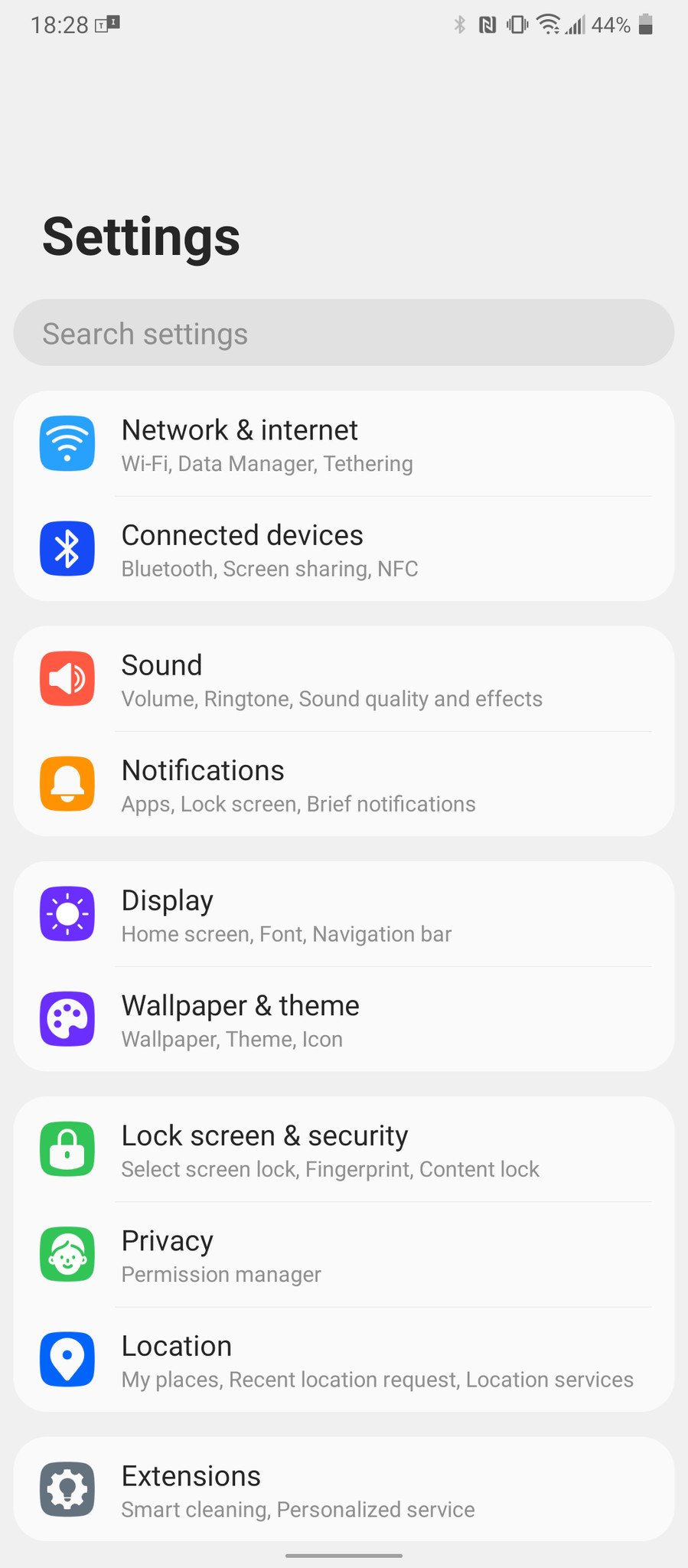
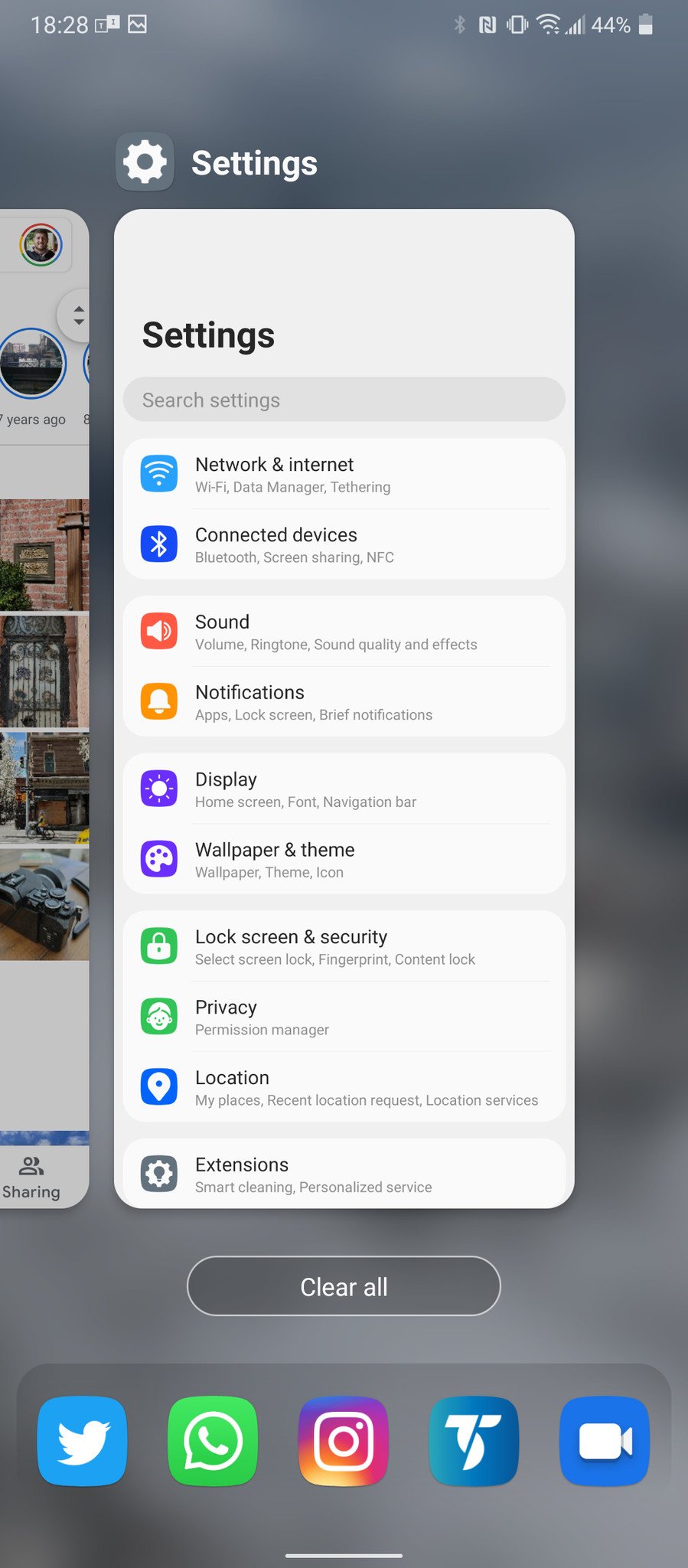
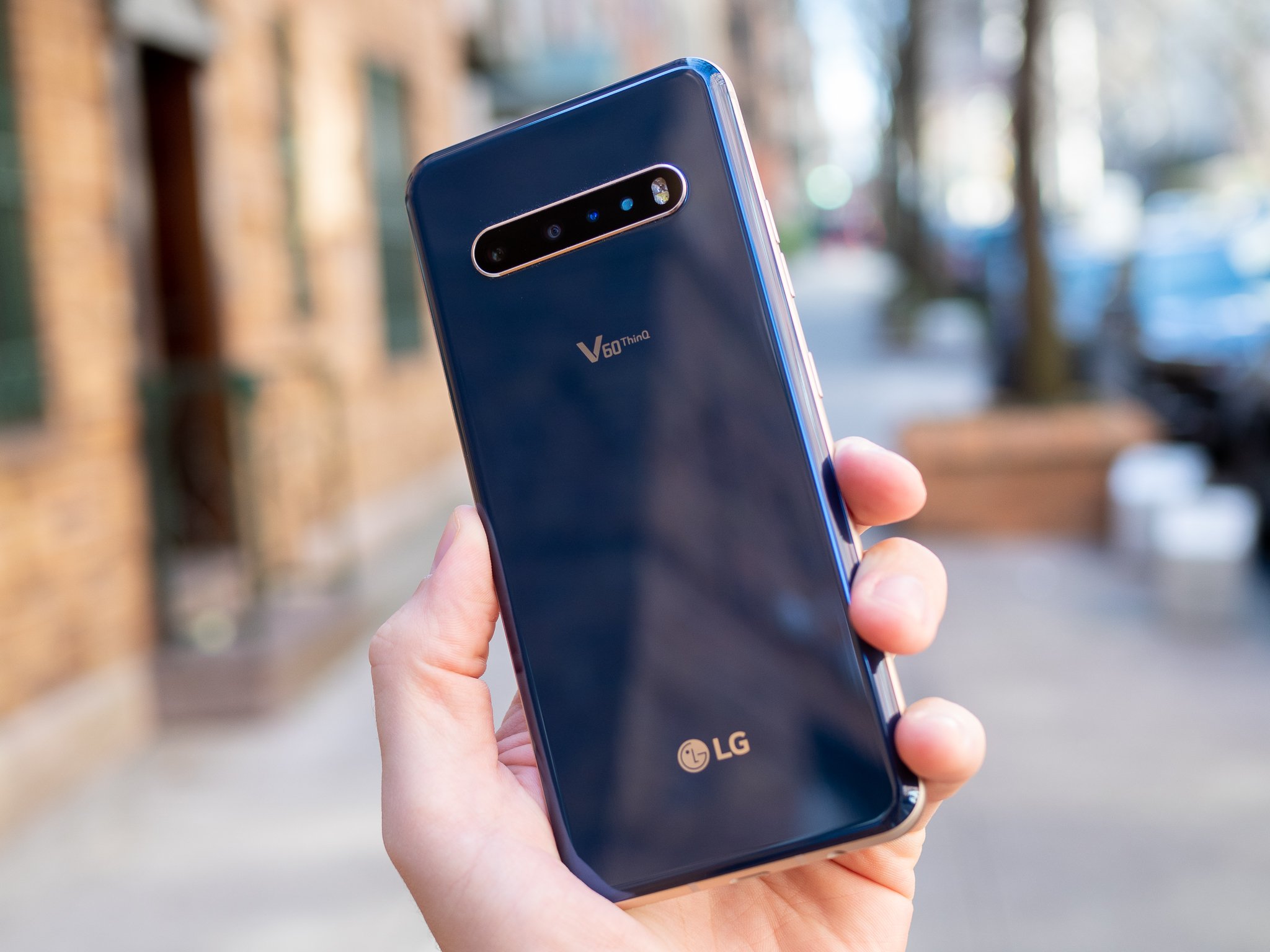
0 Response to "You Can See More: LG V60 review: Most of a Galaxy S20+, for hundreds less"
Post a Comment